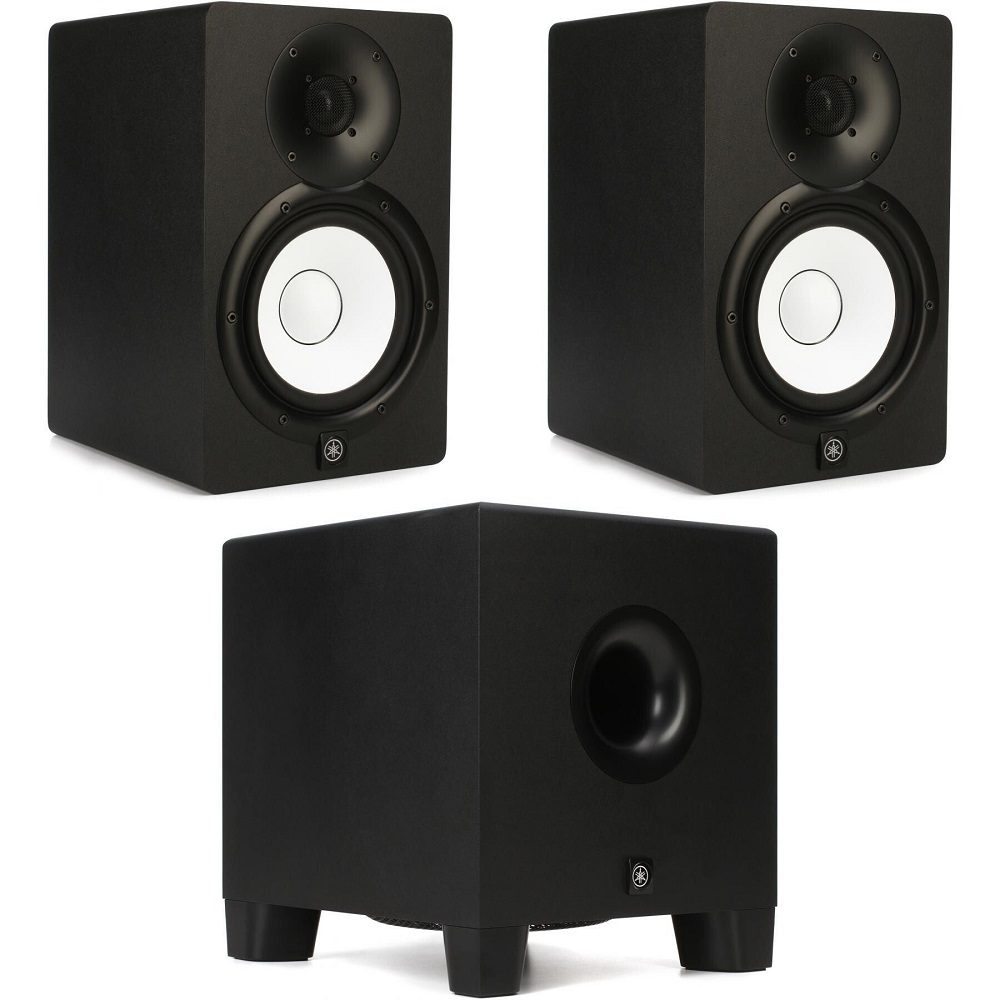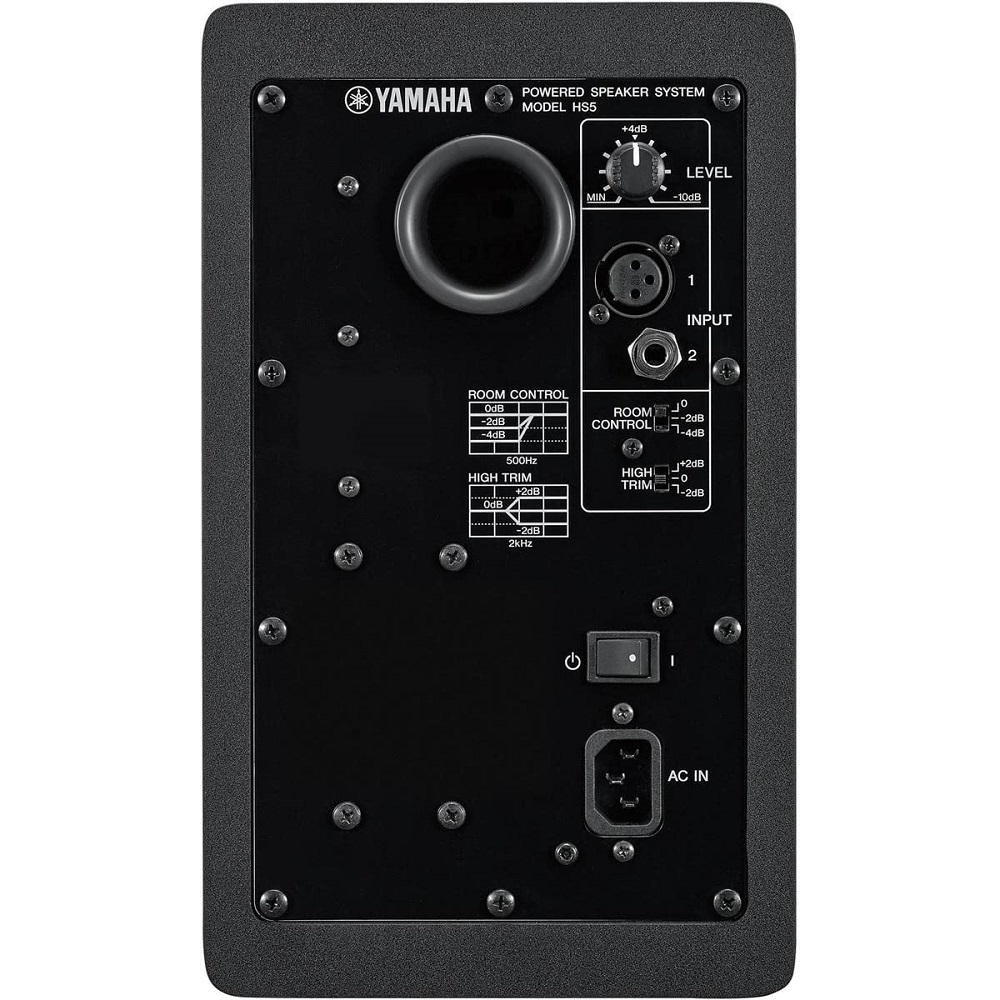Creating music at home has become a popular pastime and profession for many. Whether you’re an aspiring musician or a seasoned producer, having the right tools can make all the difference in how your music sounds and feels. One of the most critical tools in a home studio is studio monitors. Yamaha offers a variety of studio monitors that cater to different needs, preferences, and budgets. In this guide, we’ll explore the factors to consider when choosing the right Yamaha monitors for your home studio.
Understanding Your Needs
Assess Your Space
Before diving into specifications and features, it’s essential to consider the physical space where you’ll be setting up your monitors. Room size and layout play a significant role in how sound behaves. Smaller rooms may struggle with sound reflections and bass buildup if larger monitors are used. In compact spaces, smaller monitors, like the Yamaha HS5, may suffice, as they can produce clear high frequencies and maintain a balanced sound profile.
Additionally, think about room acoustics—hard surfaces can reflect sound waves, causing muddiness, while soft furnishings can help absorb sound. The available space should dictate not only the size of the monitors but also how you position them. Understanding your environment is the first step in ensuring that you select the right monitors that will perform well.
Identify Your Workflow
Next, consider your workflow and the types of projects you’ll be tackling. Are you primarily focused on music production, podcasting, or audio mixing for film? Different styles and applications may require varying levels of accuracy in sound reproduction. For instance, electronic music production often benefits from monitors with good bass response, while voice recording may prioritize clarity and mid-range fidelity. Knowing your primary use will guide you in selecting monitors that align with your needs, ensuring you make the best choice for your studio setup.

Choosing the Right Size
Compact vs. Full-Range Monitors
Yamaha offers monitors in different sizes across various series, from compact 5-inch models to larger 8-inch units. Compact monitors, such as the HS5, are easier to place in tight spaces and are typically lighter, allowing for easy adjustments and portability. These models can produce clear high frequencies and mid-range sounds, but they may lack the capacity to reproduce lower bass frequencies accurately.
Conversely, full-range monitors, like the HS8, are capable of producing a wider frequency range, enabling them to handle comprehensive audio elements. They excel in genres that require a robust bass end, such as hip-hop and electronic music. However, larger monitors require more space and may require strategic placement to avoid overwhelming a small studio with low-end frequencies. It’s essential to consider these aspects when deciding on the size of your monitors.
Full-Range Options
For those with adequate space, opting for full-range monitors can be a great investment. These larger speakers can reproduce lower frequencies more effectively, making them suitable for music that relies heavily on bass elements. Full-range monitors often provide a deeper and more immersive listening experience, as they capture nuances in the sound that smaller models might miss. However, keep in mind that larger monitors can also exaggerate room acoustics if your space isn’t treated properly. Carefully consider your studio layout and frequency response requirements before making a decision.
Evaluating Performance Features
Frequency Response
Frequency response is a critical feature to examine in any studio monitor, as it dictates how accurately the monitor reproduces sounds across various frequencies. A flatter frequency response is vital for precise sound reproduction, allowing you to mix and master your tracks effectively. Monitors that lack this feature may introduce colorations and distortions that can mislead you during the mixing process.
Most Yamaha monitors come with well-engineered frequency response curves, but it’s essential to look for specifications that fit your needs. For example, if you tend to work with bass-heavy genres, monitors that have extended low-frequency response will provide the depth you need. A balanced response across all frequencies is key to achieving professional-sounding mixes.
Amplification and Power
Another vital factor is the power output of the monitors. Many Yamaha monitors feature built-in amplification systems, which simplify setup and eliminate the need for external amplifiers. Generally, higher wattage ratings indicate the potential for louder output, but it doesn’t necessarily mean better sound quality. Ideally, you want a monitor that provides ample power without introducing distortion, especially at high volume levels.
Evaluate your studio’s specific requirements, especially if you’ll be using the monitors for extended periods. For those who work in silence-sensitive environments, aim for models that can deliver performance at lower volumes without sacrificing sound quality. Check for specs that match your needs and the dimensions of your workspace, as this can greatly influence your overall experience.

Exploring Different Yamaha Models
Yamaha HS Series
The Yamaha HS series, featuring models like the HS5, HS7, and HS8, is renowned for its accuracy and neutral sound profile, making it a popular choice among professionals and enthusiasts alike. These monitors are designed to provide a precise reproduction of audio, allowing you to hear details that are crucial for mixing and mastering. The HS series excels in delivering a balanced sound across the frequency spectrum, which is crucial for creating mixes that translate well on various playback systems.
Each model in the HS series offers a different size and power output, so you can choose one that fits your studio space and requirements. The HS5 is great for smaller setups, while the HS8 can handle larger rooms and provide a richer low-end response. Regardless of the model you choose, the HS series is known for its durability and quality, making it a worthwhile investment for anyone serious about their music production.
Yamaha NX Series
The Yamaha NX series adds versatility with features like Bluetooth connectivity, making them suitable for more dynamic setups. If you appreciate the convenience of connecting devices quickly, these monitors could be an excellent fit for you. While the sound reproduction may not be as flat as that of the HS series, the NX series still offers good performance levels for casual listening and larger projects.
The added Bluetooth feature is particularly appealing for multimedia use, allowing you to easily switch between devices. This flexibility enables you to utilize the monitors for more than just professional audio work. Whether you’re streaming music or working on casual projects, the NX series balances quality and convenience, making it a versatile choice for home studios.
Considering Room Acoustics
Sound Treatment
To achieve the best performance from your Yamaha monitors, pay attention to room acoustics. Soundwaves can interact with walls, ceilings, and floors, creating reflections and standing waves that alter how you hear your mix. Installing acoustic panels or bass traps can significantly enhance the accuracy of sound reproduction, helping to smooth out frequencies and reduce unwanted reflections.
Acoustic treatment can be a DIY project or something you invest in. There are plenty of affordable options to improve your room’s acoustics without breaking the bank. It’s essential to create an environment where your monitors can perform optimally, especially since acoustic inconsistencies can lead to poor mixing decisions. Ensuring that your workspace is acoustically treated will vastly improve your monitoring experience.
Placement and Positioning
Monitor placement is crucial for accurate sound representation. Ideally, your monitors should be positioned at ear level and form an equilateral triangle with your listening position. This arrangement ensures optimal stereo separation and imaging. Placing monitors too close to walls or corners can lead to low-frequency buildup, which distorts the sound.
Experiment with monitor placement and make small adjustments to find the sweet spot that works best for your listening position. Using isolation pads can also help reduce vibrations and improve clarity. Keep an open mind about positioning—sometimes, moving your monitors just a few inches can dramatically enhance your listening experience.

Accessories and Additional Equipment
Stands and Isolation Pads
Investing in good stands or isolation pads for your monitors can make a significant difference in sound quality. Stands help position your monitors correctly, ensuring that they are at ear level while reducing unwanted vibrations passed to the desk or other surfaces. Isolation pads further improve performance by decoupling the monitors from the surface they rest on, which clarifies the sound and ensures a more accurate representation.
Consider your studio’s overall design and your monitor positioning strategy when selecting stands or pads. Proper placement and stabilization will help maximize the capabilities of your Yamaha monitors, allowing you to deliver more polished productions.
Cables and Connectivity
Don’t forget about cables and their importance in studio setups. Choosing high-quality cables for connecting your monitors to your audio interface is crucial. Poor-quality cables can introduce noise and distort sound quality, undermining the effectiveness of your monitors. Make sure to check the compatibility of connectors (like XLR or TRS) with your existing audio gear. Solid cables designed for audio production can make a noticeable difference in fidelity and reliability.
Conclusion
Choosing the right Yamaha monitors for your home studio is crucial for achieving quality sound and enhancing your music production experience. Start by assessing your space and workflow needs, then evaluate the different Yamaha models available, keeping an eye on performance features like frequency response and power output. Be mindful of room acoustics and monitor placement.
By taking the time to research and select the best options for your needs, you’ll create a workspace that fosters creativity and productivity. With the right monitors in place, your music will sound its best, allowing you to reach your full potential as a musician or producer. Embrace the journey of setting up your home studio, and enjoy the rewarding process of creating music!